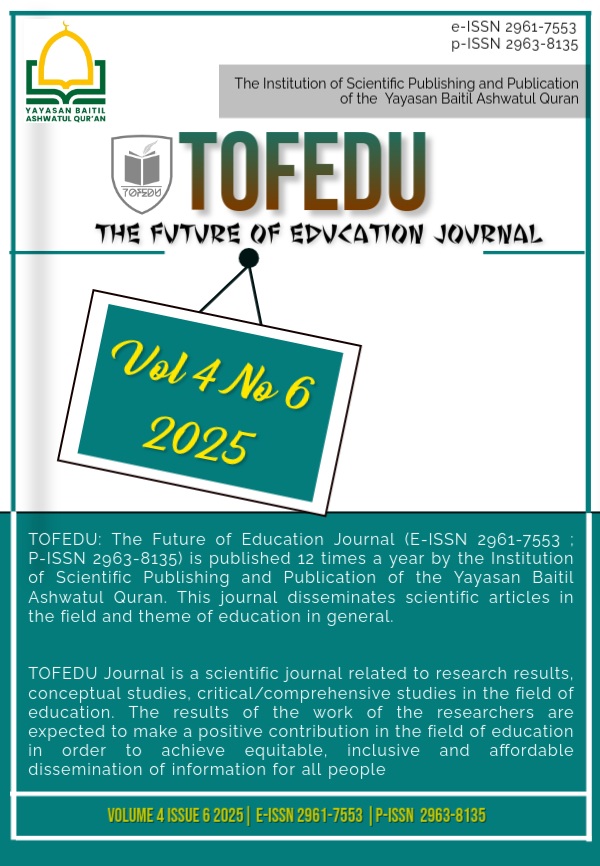The Development of Virtual Hardware-Based Learning Media for the Grade VII Informatics Course at SMP N 13 Padang
Main Article Content
Abstract
This study was motivated by the difficulties faced by seventh-grade students in understanding Informatics subjects, which are relatively complex. One contributing factor is the lack of variation in teaching methods and the infrequent use of instructional media by teachers. To address this issue, a virtual hardware learning media was developed to enhance engagement and improve students' comprehension. The study aims to develop valid and practical virtual hardware learning media for seventh-grade Informatics subjects. The research employs the Research and Development (R&D) approach using the 4D model, which consists of four stages: define (define), design (design), develop (development), and disseminate (disseminate).The validity test involved one subject-matter expert and two media experts. The subject-matter expert was a seventh-grade Informatics teacher from SMP Negeri 13 Padang, while the media experts were faculty members from the Department of Curriculum and Educational Technology, Faculty of Education, Universitas Negeri Padang. The practicality test was conducted with 32 seventh-grade students from SMP Negeri 13 Padang. The results indicate that the subject-matter expert validation yielded an average score of 4.70, categorized as "Highly Valid." The first media expert’s validation resulted in an average score of 4.33, categorized as "Valid," while the second media expert’s validation produced an average score of 4.95, categorized as "Highly Valid." Furthermore, the practicality test conducted with students showed an average score of 4.22, categorized as "Practical." Based on these findings, it can be concluded that the virtual hardware learning media for the seventh-grade Informatics subject at SMP Negeri 13 Padang is suitable for use in the learning process
Article Details

This work is licensed under a Creative Commons Attribution 4.0 International License.
